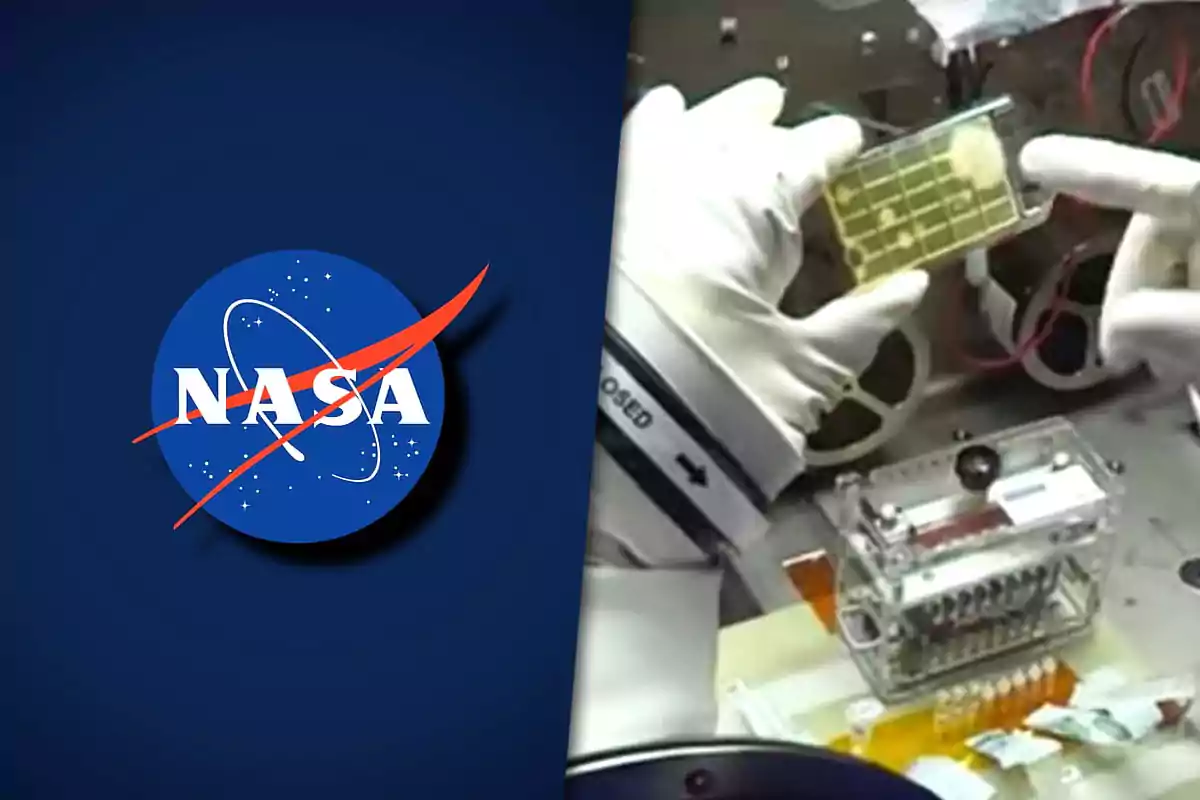
NASA discovered 26 unknown bacteria on its spacecraft: what it means for science
Scientists found extremophile bacteria in NASA clean rooms and they could have uses in medicine
A discovery within the NASA facilities casts doubt on the sterility of the world's most controlled environments. A team of scientists identified 26 unknown bacteria capable of surviving in extreme conditions.
The discovery occurred in the clean rooms of the Jet Propulsion Laboratory during the preparations for the Phoenix probe launched to Mars. The study was published on May 12 in the journal Microbiome.
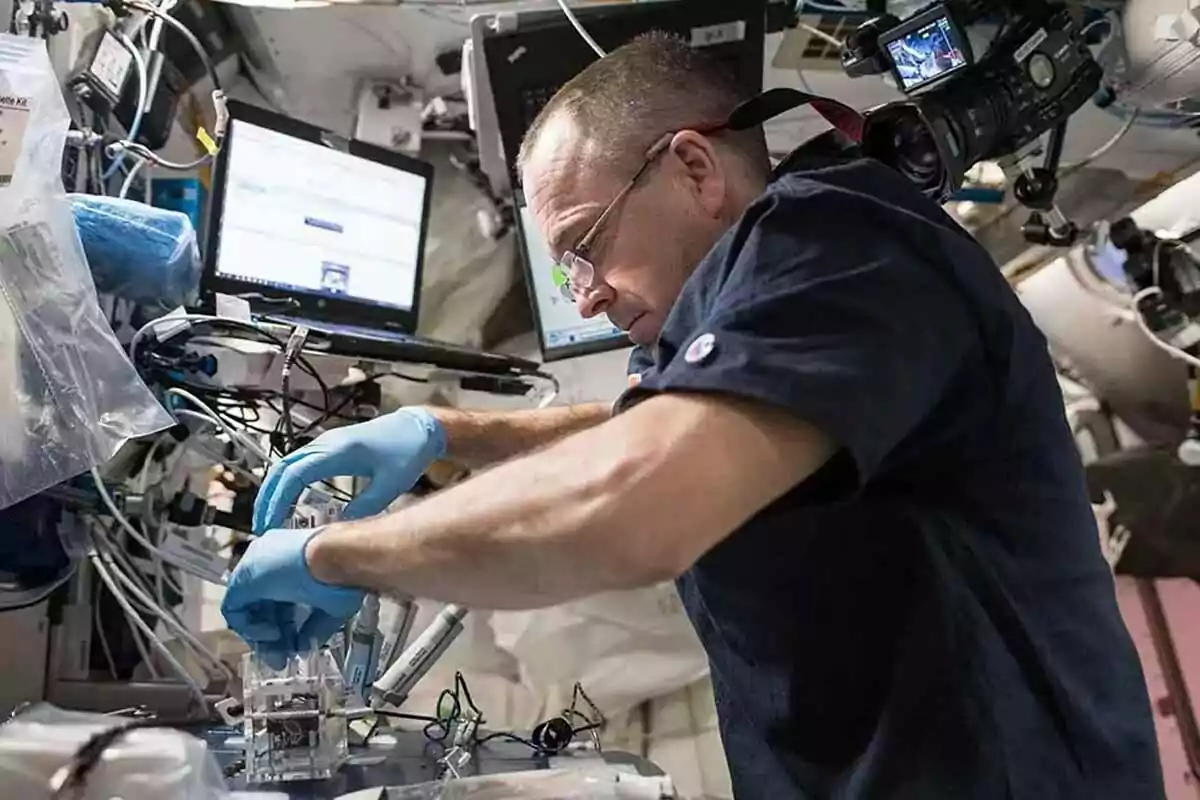
Where were these unprecedented bacteria found?
The microorganisms appeared in the clean rooms of the Kennedy Space Center in Florida. These areas are designed to prevent any type of biological contamination during space missions.
Despite strict protocols, the researchers found 53 bacterial strains, of which 26 are completely new. All were collected while preparing the Phoenix probe in 2007.
What are extremophiles and why are they surprising?
The identified bacteria are part of the extremophiles group, organisms capable of withstanding hostile conditions. They are so resilient that they manage to survive even in sterilized and highly disinfected environments.
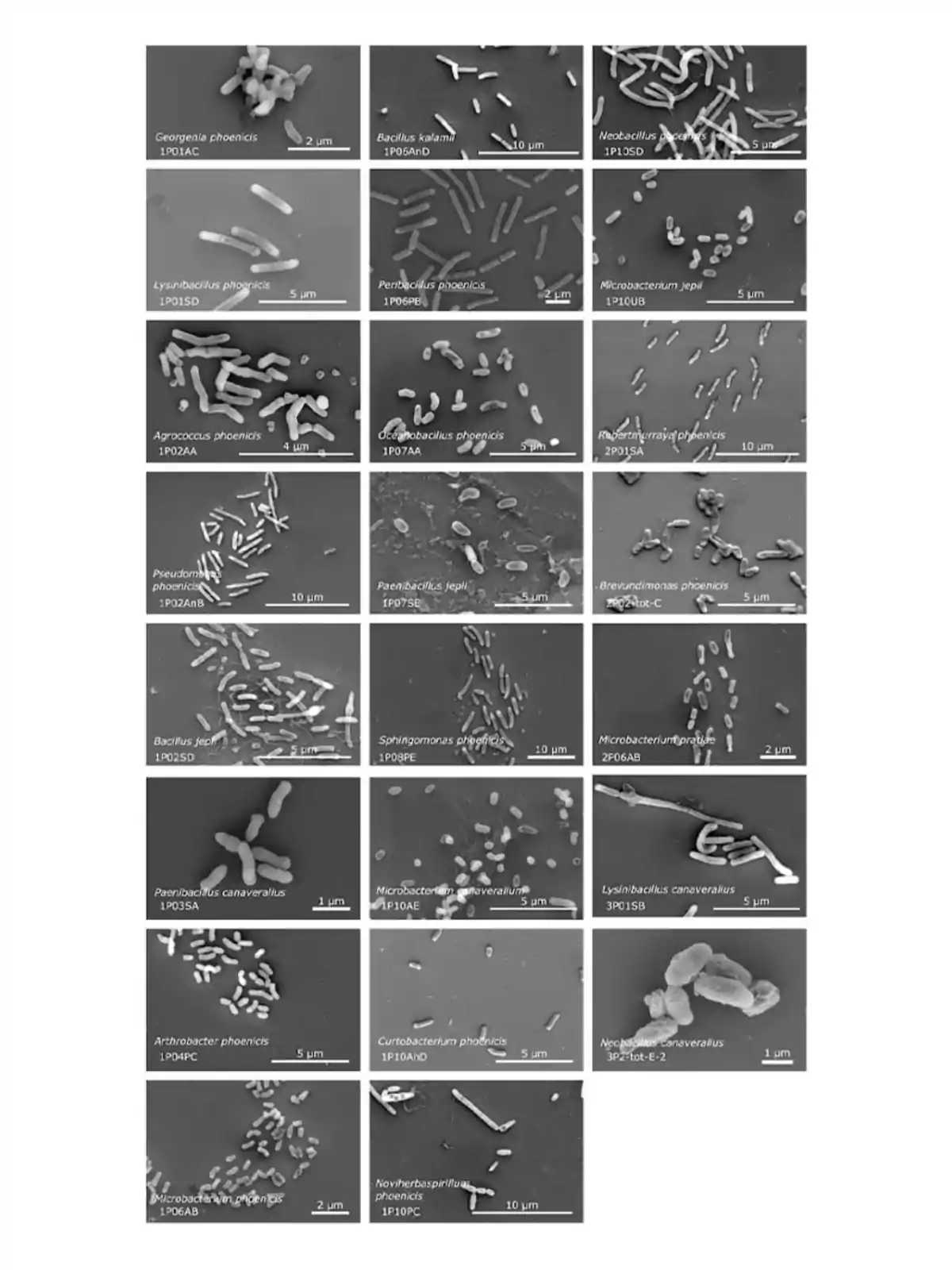
Analyses revealed that these bacteria possess genes related to DNA repair, detoxification, and an accelerated metabolism. This allows them to live where other forms of life could not.
How was the analysis conducted?
The scientists collected samples from surfaces and materials in contact with the Phoenix probe. Despite frequent cleanings, the bacteria resisted and were cultured for genetic analysis.
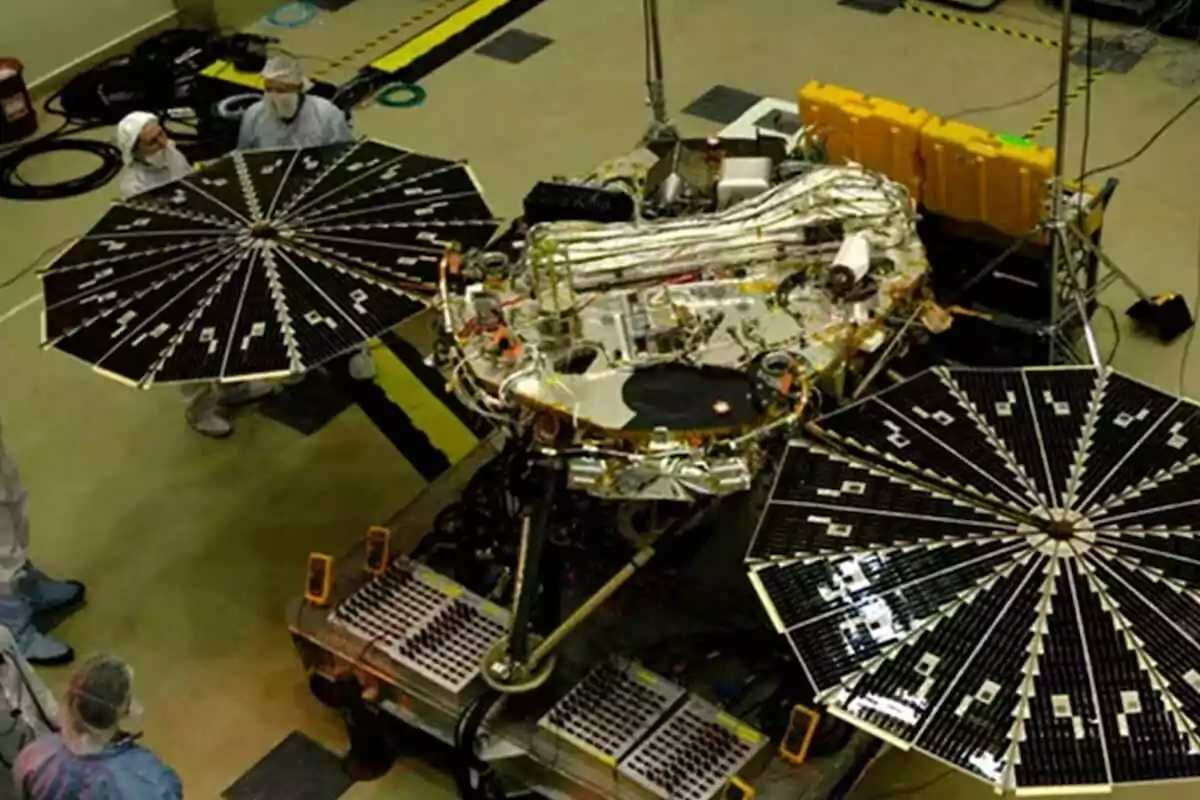
The study was led by Alexandre Rosado from KAUST (Saudi Arabia) and Kasthuri Venkateswaran from JPL. The goal was to understand the risks of transferring terrestrial life to space.
What impact could this discovery have?
This type of finding raises alerts at NASA. If forms of terrestrial life travel uncontrollably to other planets, they could contaminate experiments or even alter the local environment.
Therefore, the agency is reviewing and adjusting its decontamination protocols. According to Space.com, this will be key for future interplanetary missions.
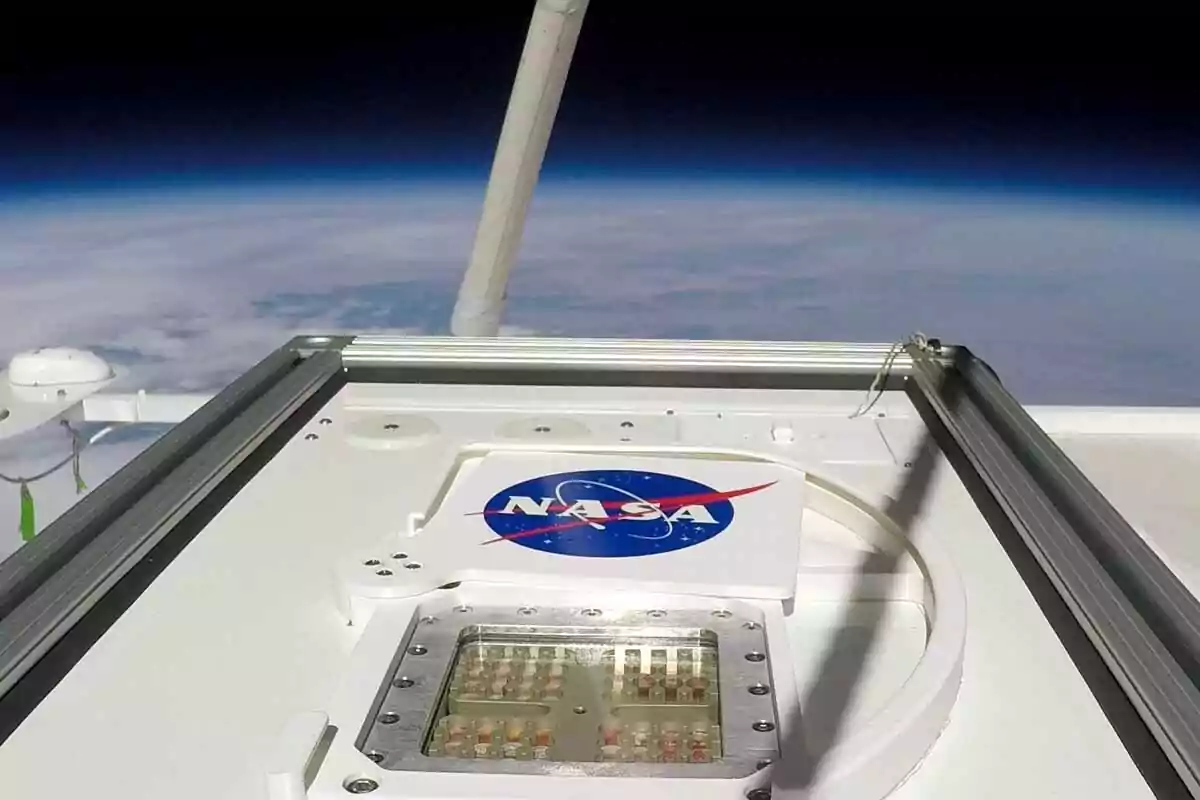
Medical and biotechnological applications
Researchers believe that the genes of these bacteria could be used to develop new medical treatments, preserve food, or preserve human tissues. Their extreme resistance makes them valuable for the industry.
Junia Schultz, a researcher at KAUST, highlighted that the new species could be key for innovations in medicine, bioengineering, and conservation technologies.
More posts: